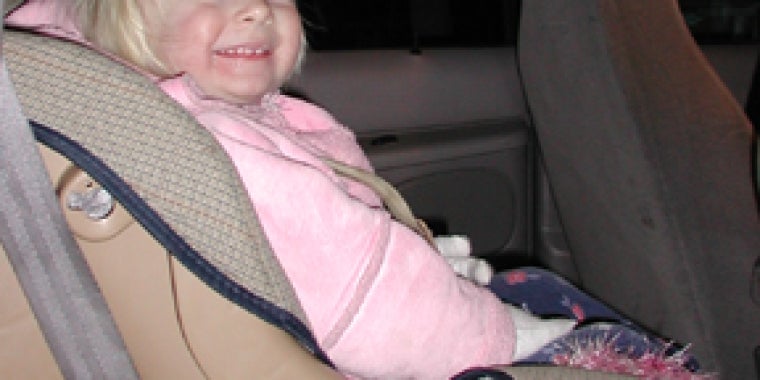
Be Sure To Use Safety Seats Wisely

National Child Passenger Safety Awareness Week is being observed this year from February 13th through the 19th and it is a good time to remind New Yorkers that a new law will require children younger than seven years of age to ride in a car seat or booster seat when traveling in the back of a motor vehicle (unless the child is more than 4 feet 9 inches in height).
Child passengers are particularly vulnerable to injury and even death in automobile accidents. This is because children have delicate physical makeups which do not provide adequate protection against an impact with the interior of a motor vehicle. Head and facial injuries are especially common with young children because their heads are disproportionate to their bodies.
Infant seats for children up to age one, or under 20 pounds of weight, should be in a rear facing car seat that is held on the vehicle seat by an adult lap belt. All straps must be pulled to ensure that they are not loose. These seats give maximum head protection by cradling the infant in a semi-reclining position. The infant must face the rear of the car so that in the event of a crash, swerve, or sudden stop, the infant's back and shoulders can absorb most of the impact.
After 20 pounds, the child may be ready for a convertible seat. This seat converts from a rear-facing infant style to a forward-facing toddler style to adjust as the child grows. Forward-facing seats accommodate children from 20 to 40 pounds. Attach the car seat with one of the vehicle's seat belts. Insert the belt through the car seat frame, as specified in the manufacturer's instructions. Be sure to read your vehicle owner's manual for specific details. Usually, a locking clip is required when using a vehicle shoulder/lap belt with a latch plate that moves uninhibited along the belt.
Booster seats are for children who have outgrown safety seats. A new State law, which takes effect on March 27, 2005, will require children up to the age of 7 to be in booster seats (unless the child is more than 4 feet 9 inches in height and is wearing a seat belt). The booster seat is used with the car's seat belts, and a shield or harness provided with the booster seat provides added protection. State law also requires children up to the age of 16 to wear a seat belt when riding in the back seat.
Injuries or death would be the ultimate price to pay for not complying with the seat belt and child safety seat law. Aside from that, if any child passenger under the age of 16 is not secured in a safety seat or seat belt, the driver could be fined a minimum of $25, with a maximum fine of up to $100.
Should you be involved in an accident, it is important that you replace your child's car seat. Once in an accident, a seat may not be able to withstand another impact.



